RUIN : “The physical destruction or disintegration of something or the state of disintegrating or being destroyed”
According to the little leaflet that accompanies this Tate Britain exhibition the title Ruin Lust was taken from the German word Ruinenlust.
“Ruins are curious objects of desire: they seduce us with decay and destruction” it goes on to say. Although I found the whole show intriguing and was amazed at the countless interpretations of the word ‘ruin’, by far the most interesting part for me was the initial ‘Pleasure of Ruins’ section.
W M Turner’s Tintern Abbey (1794) which was emblematic of the new trend to visit ruins at home rather than on a Grand European Tour.
Here were the traditional interpretations; the paintings, photographs and etchings that I had expected to see in an exhibition with this title. My interest in landscape and man’s influence on it is mainly historical. So, although I appreciate that modern day ‘Bunker Archaeology’ and Tacita Dean’s films and ‘Ruins in Reverse’ and [modern] ‘Cities in Dust’ all have a part to play in an overall picture of ruins over the centuries I prefer to see historical ruins of abbeys and castles and even the man-made ruins that gave character and focal points to 18th century landscape gardens.
The man-made Yorke’s Folly in Nidderdale, North Yorkshire built in 1810
“A craze for ruins gripped European culture in the eighteenth century. Classical remains inspired artists such as Piranesi to depict great civilisations falling into decay. British architects and garden designers embraced this ruinous aesthetic, and artificial ruins were a popular addition to many great estates. William Gilpin’s writings on the picturesque encouraged many tourists — as well as artists such as J.M.W. Turner and John Sell Cotman — to travel in search of picturesque views of medieval ruins. Later, photography became essential to the recording and reimagining of ruins.“
I remember reading in the newspaper probably 15 years ago [and commending] English Heritage’s intentions to conserve and deliberately retain the wildness surrounding Wigmore Castle in Herefordshire. Some ruins these days are just too manicured.
A GLORIOUS RUIN
Wigmore has an overgrown appearance that once characterised many ruined sites. When conserving the site in the 1990s, English Heritage deliberately retained its wildness, as the castle had become home to rare and unusual species including lesser horseshoe bats and wild flowers like ploughman’s spikenard. Accumulated debris was allowed to remain, and the grasses, ferns and flowers growing on the walls were carefully lifted up and replaced as ‘soft-capping’ to protect the walls from rain and more destructive plants like trees. [From the EH website]
To finish here are some recently visited picturesque ruins in Yorkshire and beyond.
Fountains Abbey
The Ruin a Landmark Trust property at Hackfall, North Yorkshire
Ruins of the former home of Lady Jane Grey, Bradgate Park, Leicester
The Ruins of Kenilworth Castle
Spofforth Castle, Yorkshire, visited on a recent hike
Ruined Window, Spofforth Castle
Ruined Doorway, Spofforth Castle
Here is a brief review of the exhibition by Christopher Beanland; which finished by showing ‘The London Nobody Knows’ documentary featuring James Mason in the derelict Bedford Theatre in Camden. The unabridged film is now available on DVD.
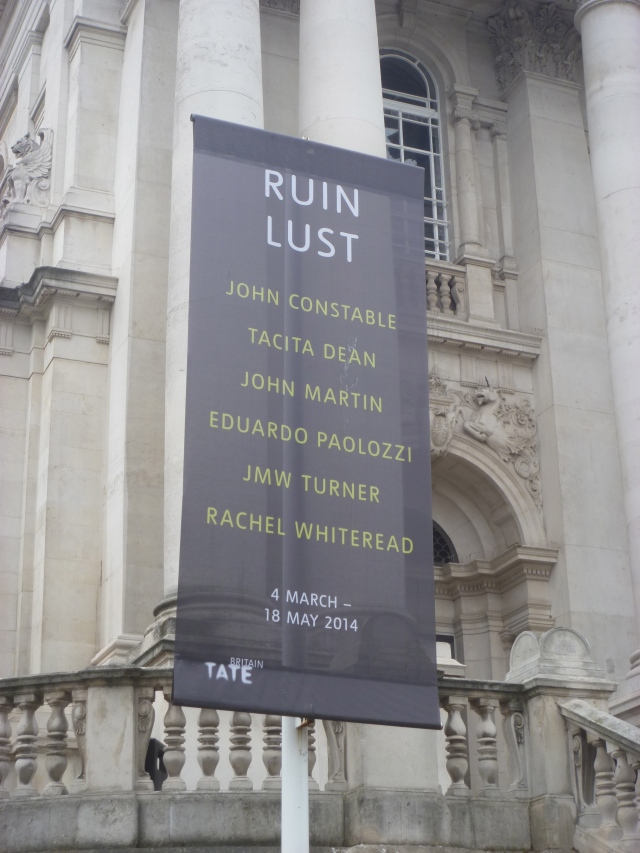

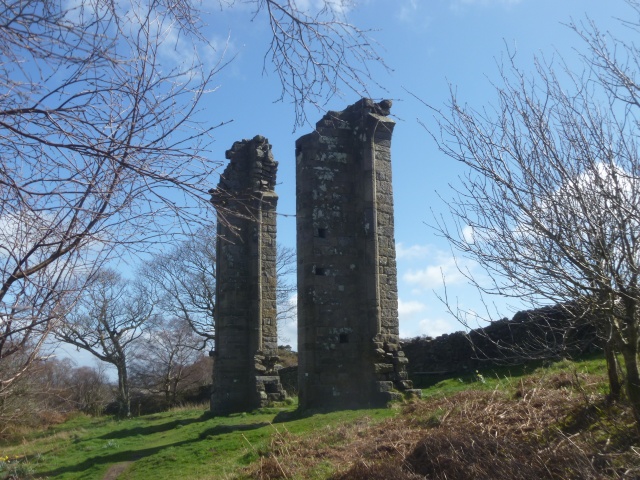
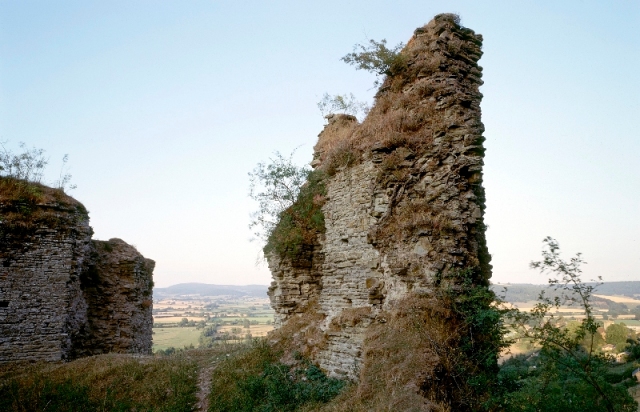
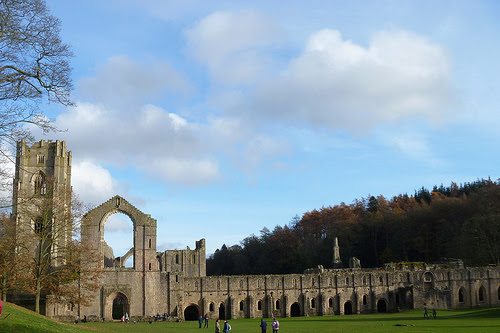

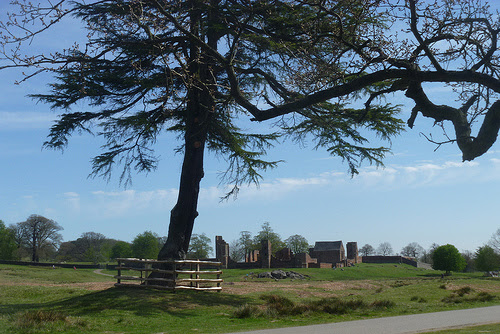
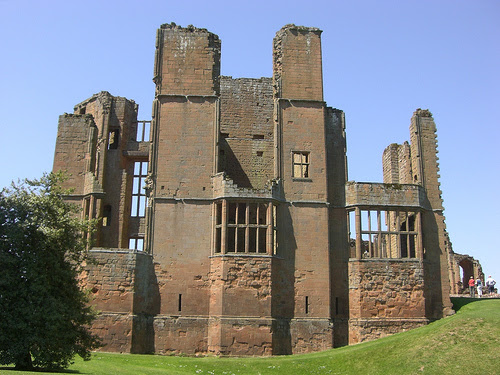
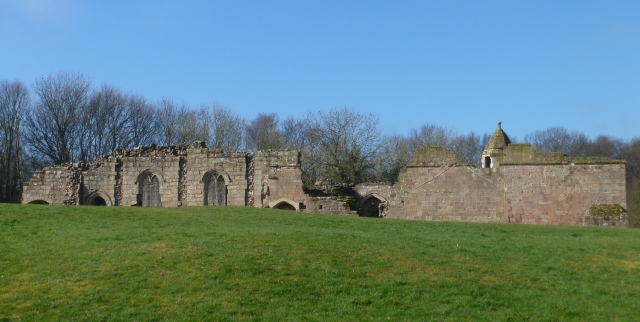
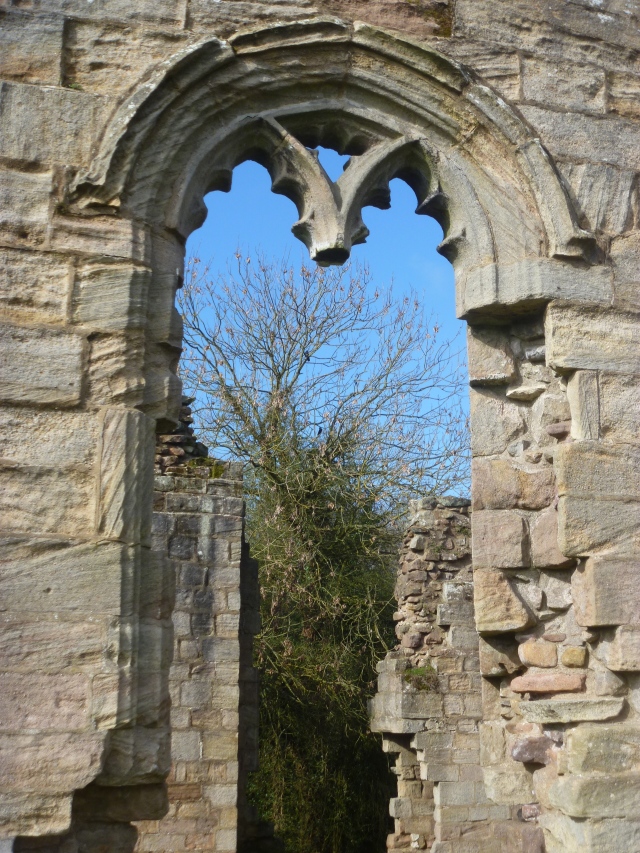
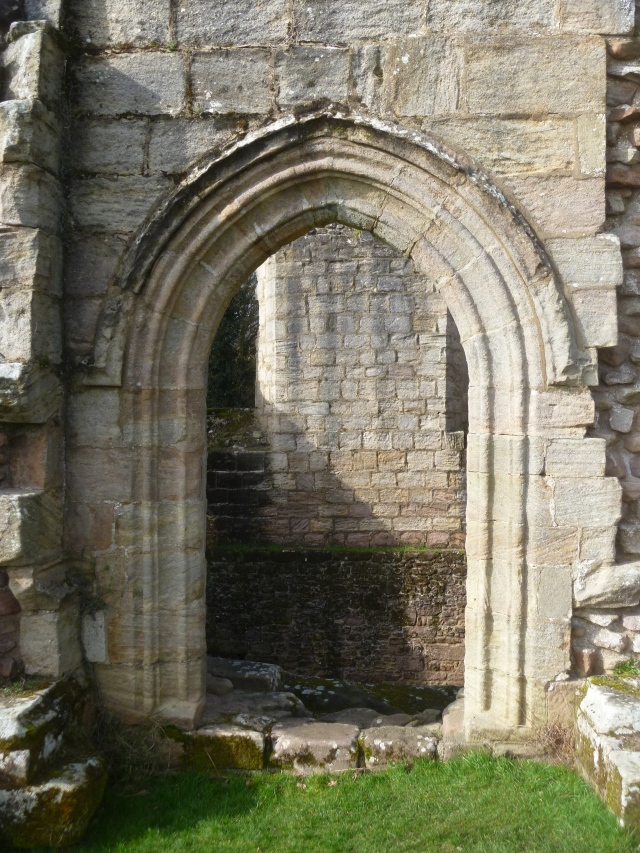
The current (and perhaps cruder) American parlance for this is “ruin porn,” much of which has centered on poor beleaguered Detroit. Many fantastic photographs of ruined splendor there have been circulating the web. My favorites in Sintra were the ruined Moorish Castle and the returning-to-wild Capuchin monastery.
Indeed Julie. I read this recently : http://moreintelligentlife.co.uk/blog/anonymous/detroit-photos and I was about to add some Sintra pictures but decided to stick with the more local British ones. Next week I’m off on a similar trip to the Sintra one – walking the Etruscan Lanes in Italy. Watch this space for very many more ruins!
Here is the link to our major ruins of Port Arthur in Tasmania. It was a penal colony and much has been preserved. It is in a beautiful locale but the history is more than tragic both past and not so past.
http://oranahouse.com/port-arthur/
How absolutely fascinating, TP. I would definitely do that tour and take the boat to the Isle of the Dead. Have you done it? I also checked out the B&B. I’m not sure whether that’s an ad or part of the Orana House project. Love the request to send them a “massage” ;-).
I love ruins. I didn’t realise that Britain went through a phase of building ruins deliberately, nor that the rules of ruin conservation have come around to embracing a wilder look. Another highly informative post, as always. Thank you.
I seem to love them too judging by the number of photos I have of them and the fact that this exhibition appealed to me so much more than the ‘blockbuster’ ones. I’m not sure that many were built deliberately but I certainly came across Yorke’s Folly on a good day and so close to visiting Tate Britain. Not sure either about ‘rules’ that embrace a wilder look but I very much like the idea. Thank you for looking and commenting!
Some familiar ruins there, Barbara! I’ve spent many happy hours with my sons, clambering up to Yorke’s Folly and keep meaning to re-visit (but can I still clamber?). It was one of their favourite Sunday outings.
A happy choice of hike of a friend of mine a couple of weeks ago. It was decades since I had last visited. We walked Pateley Bridge- River Nidd- Guise Cliff- Yorke’s Folly- Bewerley and back to PB. Delightful chapel in Bewerley, too. The weather was pretty bad – except ay YF!